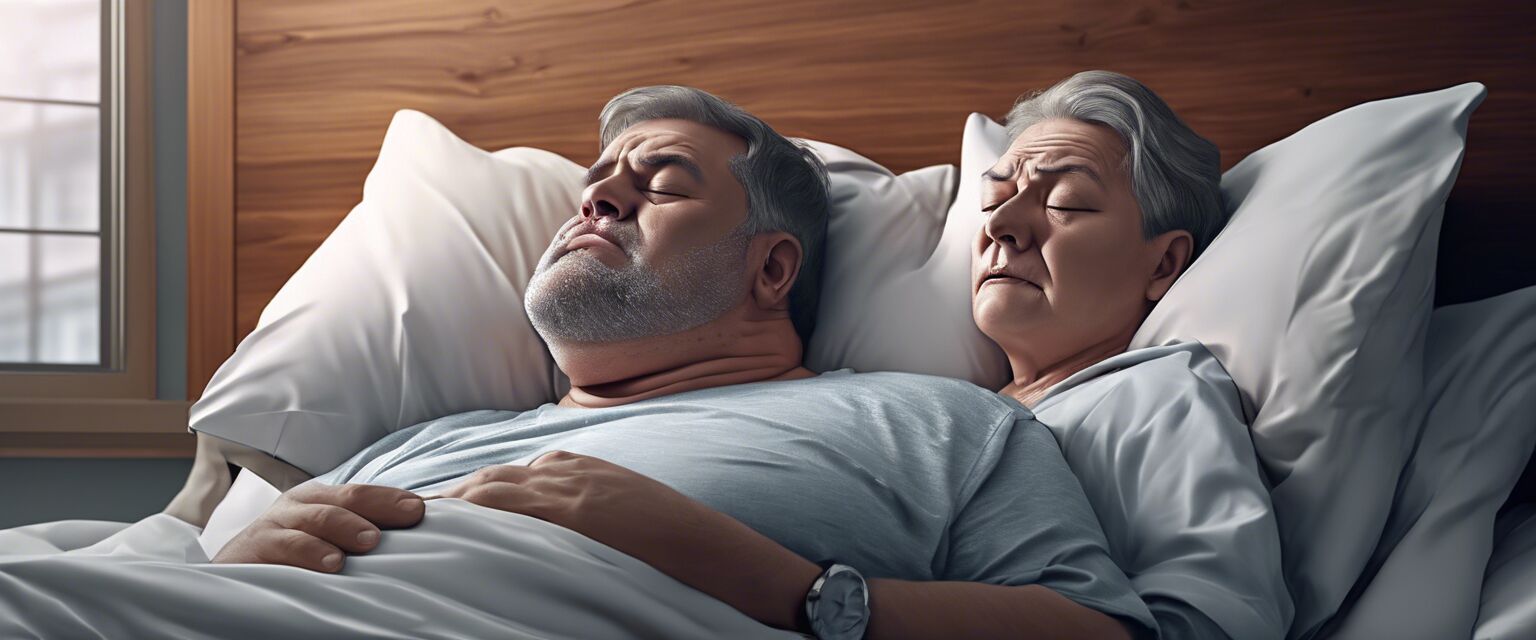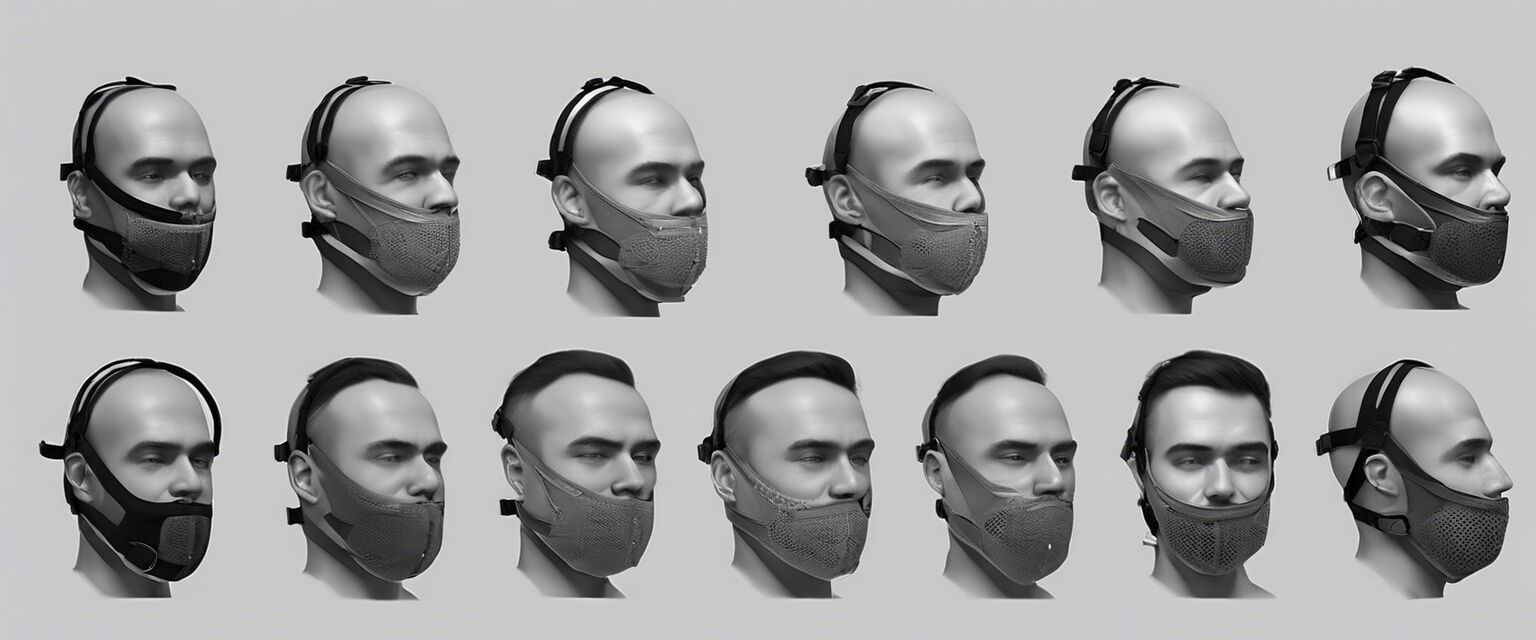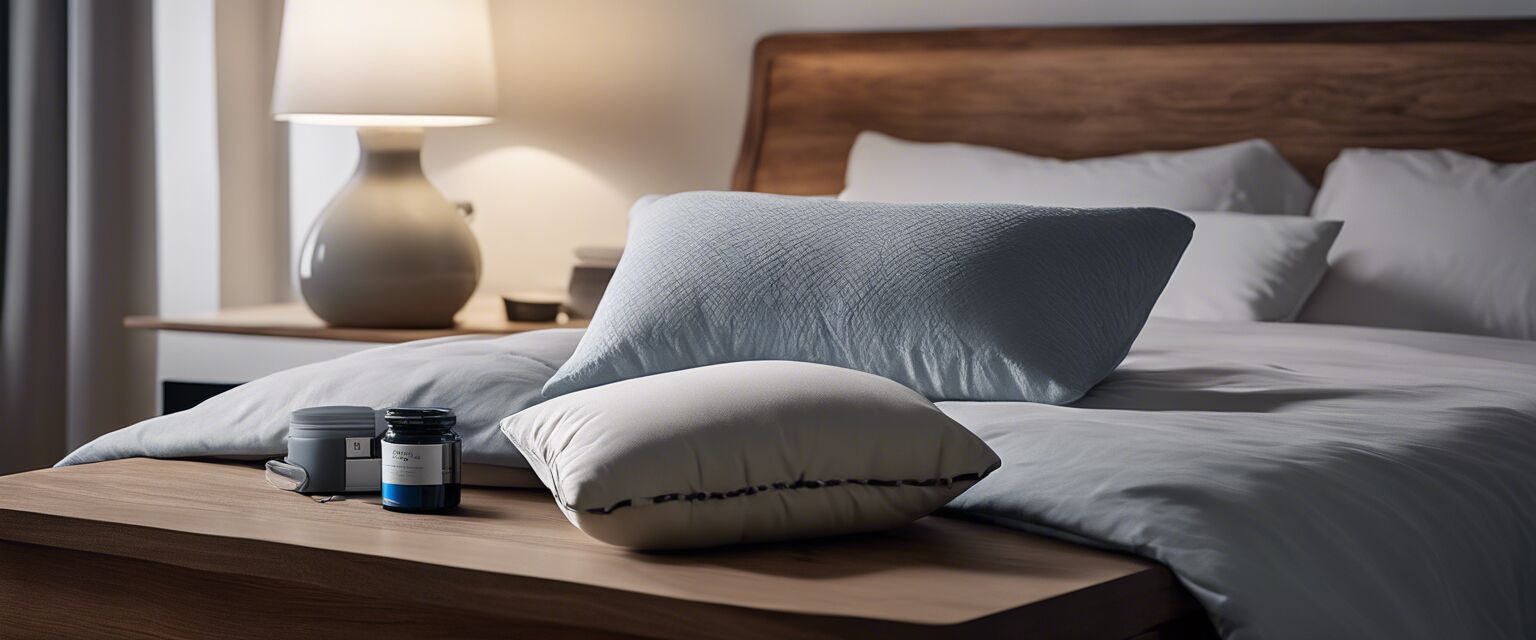
Snoring and Sleep Apnea
Snoring is a common issue that affects many people and can be a source of embarrassment and sleepless nights. However, it is essential to understand the deeper connection between snoring and sleep apnea, a serious sleep disorder. In this article, we'll explore the relationship between these two conditions, the potential causes, and what you can do to alleviate the symptoms.
Key Takeaways
- Snoring can be a symptom of sleep apnea.
- Understanding the causes of snoring is important for effective treatment.
- There are various products available to help reduce snoring.
- Consulting a healthcare professional is recommended for persistent snoring issues.
Understanding Snoring
Snoring occurs when airflow is partially obstructed during sleep, causing the tissues in the throat to vibrate. This can be due to various factors, including:
- Obesity
- Age
- Alcohol consumption
- Sleep position
- Nasal congestion
Common Causes of Snoring
| Cause | Description |
|---|---|
| Obesity | Excess weight can lead to increased fatty tissues in the throat, causing obstruction. |
| Age | As people age, their throat muscles become weaker, making snoring more likely. |
| Alcohol | Alcohol relaxes throat muscles, which can exacerbate snoring. |
| Sleep Position | Sleeping on your back can cause the tongue to fall back and obstruct airflow. |
| Nasal Congestion | Blocked nasal passages can make breathing difficult, leading to snoring. |

The Link Between Snoring and Sleep Apnea
Sleep apnea is characterized by repeated interruptions in breathing during sleep. It can be life-threatening if left untreated. The most common form is obstructive sleep apnea (OSA), which occurs when the throat muscles relax excessively, causing a blockage. Notably, snoring is often a key indicator of sleep apnea.
Types of Sleep Apnea
- Obstructive Sleep Apnea (OSA): Caused by a blockage of the airways.
- Central Sleep Apnea: Occurs when the brain fails to signal the muscles to breathe.
- Complex Sleep Apnea Syndrome: A combination of obstructive and central sleep apnea.
Symptoms of Sleep Apnea
Recognizing the symptoms of sleep apnea is crucial for early intervention. Common symptoms include:
- Loud snoring
- Choking or gasping during sleep
- Excessive daytime sleepiness
- Morning headaches
- Difficulty concentrating
When to Seek Help
If you experience frequent snoring accompanied by any of the above symptoms, it may be time to consult a healthcare professional. They may recommend a sleep study to diagnose sleep apnea and discuss potential treatment options.
Treatment Options for Snoring and Sleep Apnea
Addressing snoring and sleep apnea can involve various strategies, including lifestyle changes and the use of specialized products. Here are some common approaches:
- Weight loss for those who are overweight.
- Avoiding alcohol before bed.
- Changing sleep positions to side sleeping.
- Using anti-snoring products like chin straps, mouthpieces, or nasal strips.
Anti-Snoring Products
There are numerous anti-snoring pillows and devices available to help reduce snoring. Here are some popular categories:
| Product Type | Description |
|---|---|
| Chin Straps | Helps keep the mouth closed during sleep to promote nasal breathing. |
| Mouth Pieces | Adjusts the position of the jaw to keep airways open. |
| Nasal Dilators | Helps to keep nasal passages open for improved airflow. |
| Nasal Strips | Adhesive strips that physically open the nostrils for better breathing. |

Conclusion
Understanding the relationship between snoring and sleep apnea is crucial for maintaining good sleep health. While snoring can be a nuisance, it may also signal a more serious condition. By recognizing the symptoms and exploring treatment options, you can improve your sleep quality and overall well-being.
Tips for Reducing Snoring
- Maintain a healthy weight.
- Establish a regular sleep schedule.
- Stay hydrated to prevent nasal congestion.
- Consider using a humidifier in your bedroom.
- Experiment with different sleep positions.
Pros
- Improved sleep quality.
- Reduced partner disturbance.
- Increased energy levels during the day.
- Lower risk of sleep apnea-related complications.
Cons
- Some products may not be effective for everyone.
- Potential discomfort with certain devices.
- Requires commitment to lifestyle changes.





